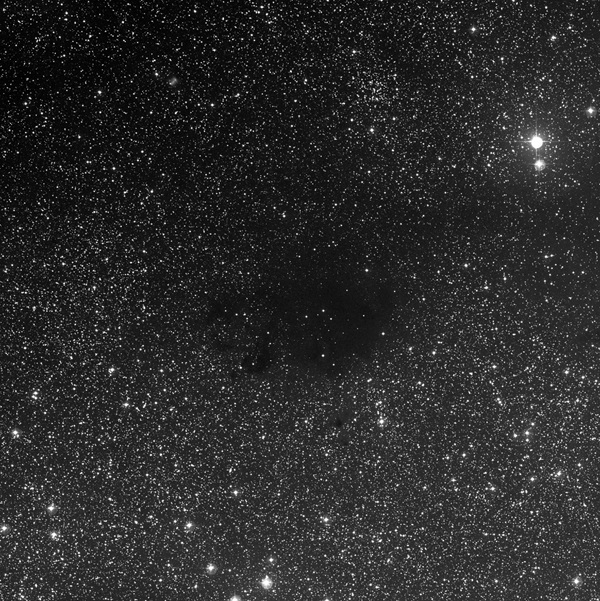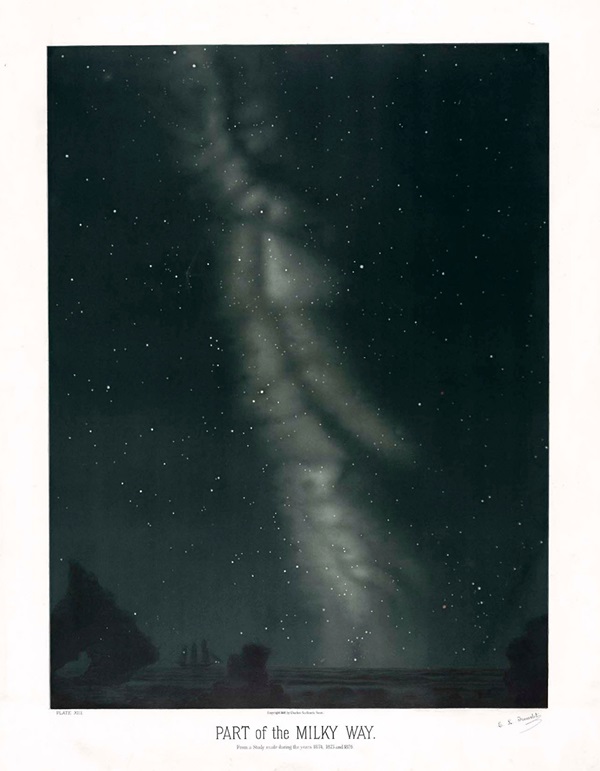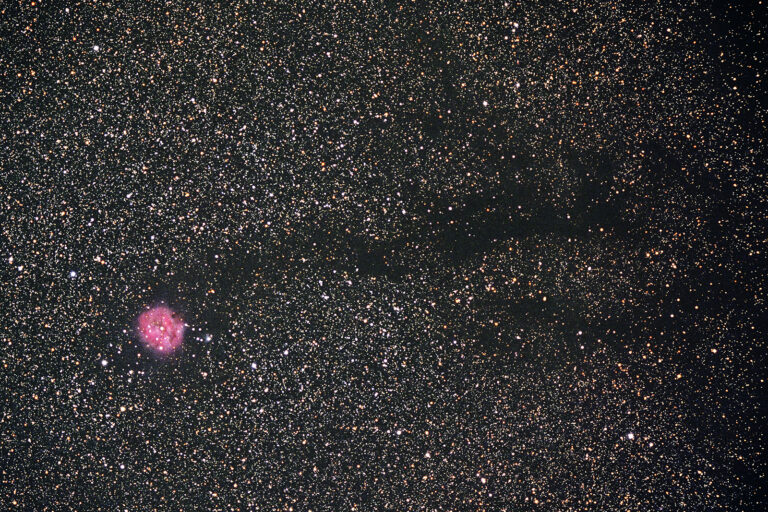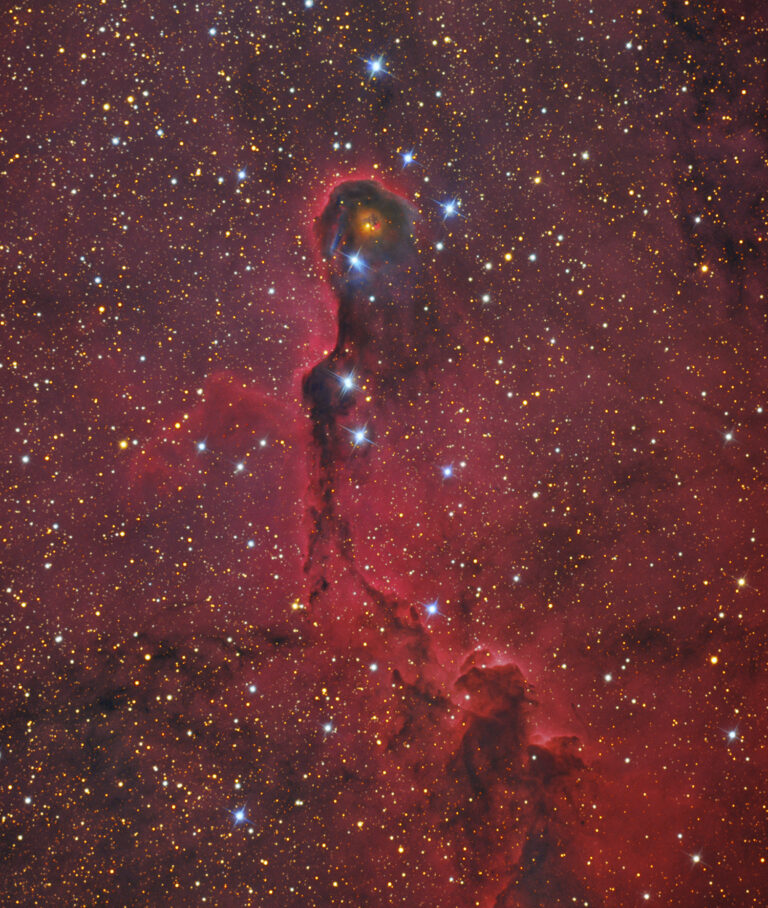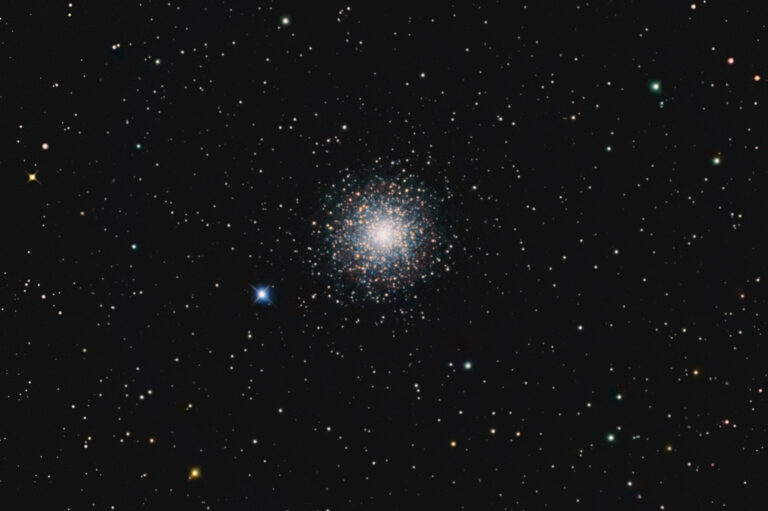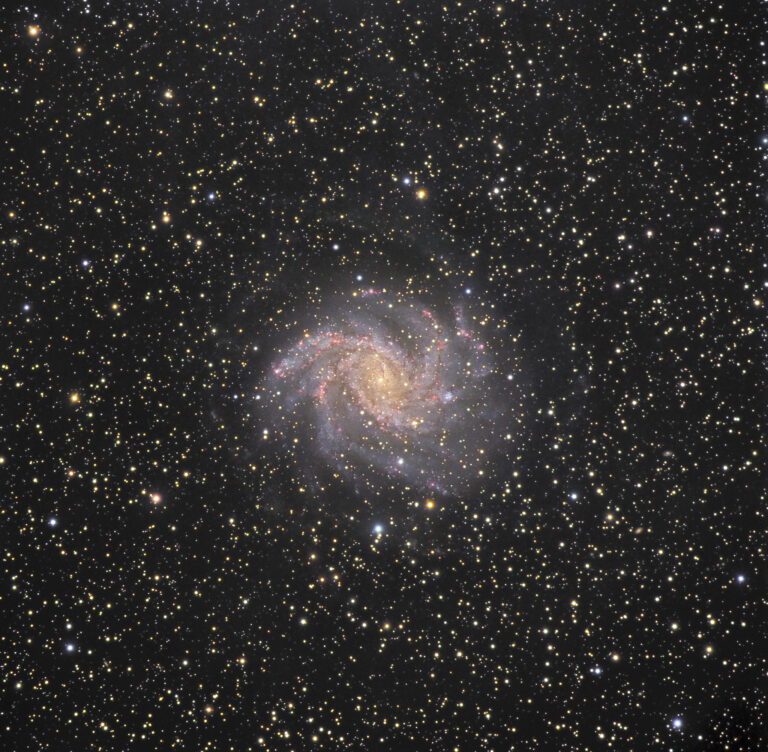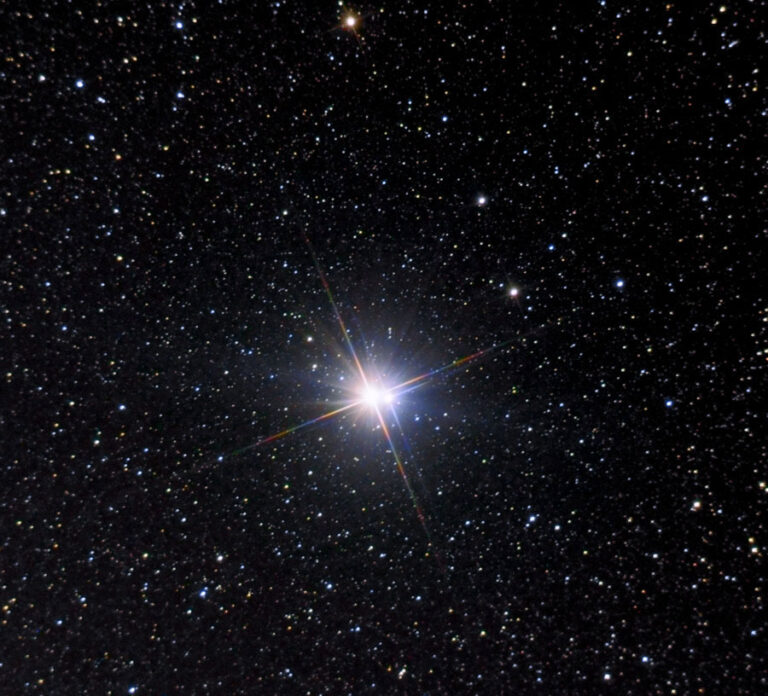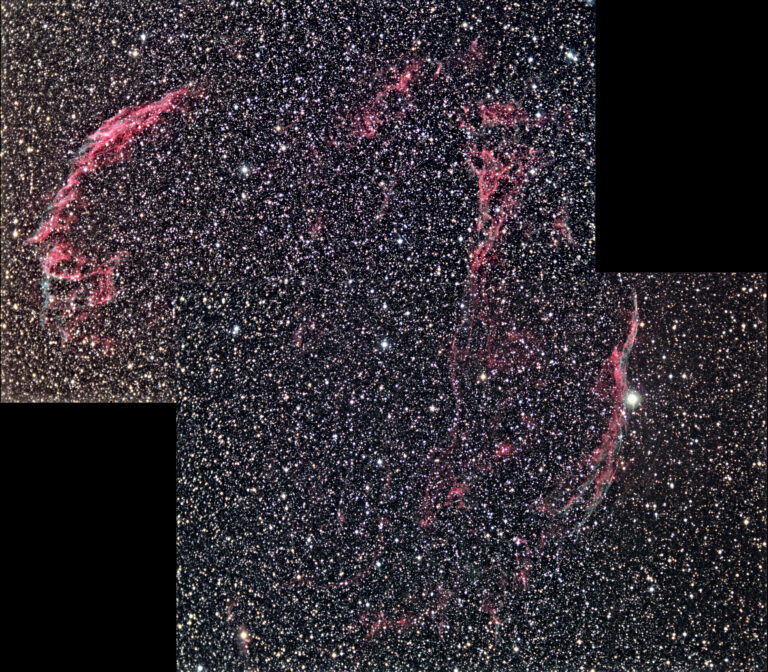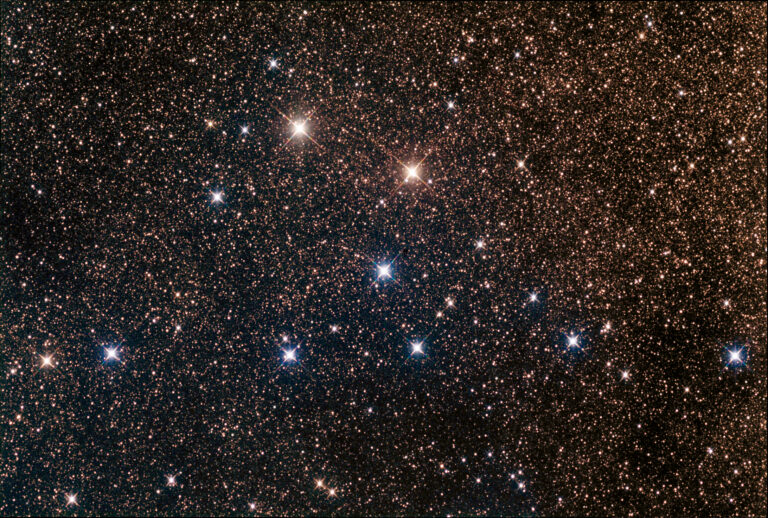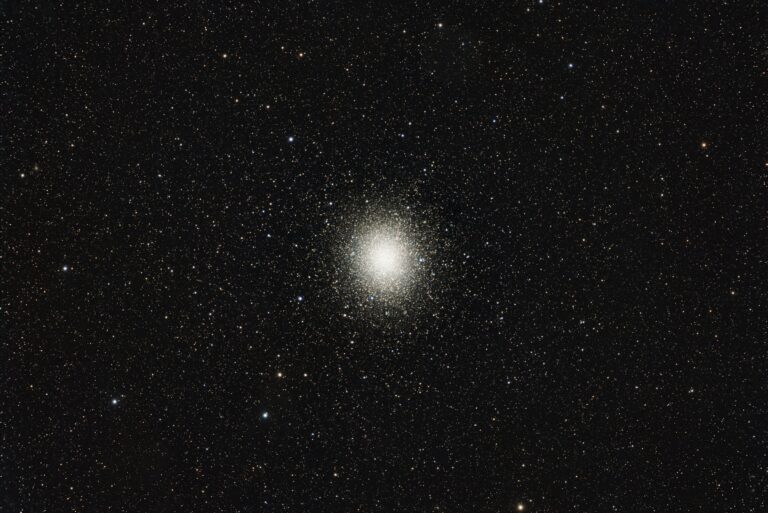Key Takeaways:
- The article describes several dark nebulae in the Cygnus constellation, including the Northern Coalsack, Barnard 352, Le Gentil 3 (Northern Inkspot), Barnard 361 (Little Cygnus Inkspot), and Barnard 168.
- Observational details are provided for each nebula, specifying size, location relative to nearby stars and other celestial objects (e.g., Deneb, North America Nebula, M39, IC 1369, IC 5146, π2 Cygni), and recommended viewing methods (naked eye, binoculars, telescope).
- The article highlights the contrasting brightness of the Milky Way background as crucial for the visibility of these dark nebulae, with some being more easily observable due to higher contrast.
- Historical observations, such as those by Guillaume Le Gentil and Étienne Léopold Trouvelot, are mentioned, illustrating the long-standing interest in these celestial features.
That may sound paradoxical, but we need bold swaths of starlight to see the “deep wells” of darkness that mar the Milky Way like celestial graffiti. Mariners of the 16th century called them “coalsacks”; today, we categorize them as dark nebulae. Let’s explore some prominent examples in Cygnus.
The Northern Coalsack is an elliptical splash of darkness between Deneb (Alpha [α] Cygni), Sadr (Gamma [γ] Cyg), and Epsilon (ε) Cyg. Despite its popularity, the Northern Coalsack is not particularly obvious to unaided eyes for two reasons. First, it is large (7° by 5°), and second, it is not fully surrounded by bright patches of Milky Way. I’ll return to this later.
To target a smaller object, slip over the North America Nebula (NGC 7000) and look for Barnard 352, which sits slightly less than 3° east-northeast of Deneb. On a globe, this 20′ by 10′ dark cloud would lie at about the position of the Northwest Passages above Hudson Bay. Try to spy it first through binoculars. If that’s too difficult, use a telescope at low power.
Arguably the best Cygnus coalsack is Le Gentil 3, sometimes called the Northern Inkspot. You’ll find it 8° north-northeast of Deneb. French astronomer Guillaume Le Gentil recorded this 5°-wide naked-eye cloud in 1749, noting that it “seems opaque and very dark.” And while Le Gentil 3 is as large as the Northern Coalsack, the Milky Way surrounding it is more uniform in intensity, boosting its contrast and enhancing the darkness.
Now use your scope and low power to look roughly midway between the North America Nebula and open cluster M39 for B361, which I call the Little Cygnus Inkspot. It lies about ¼˚ west of the 9th-magnitude open cluster IC 1369. Through a 4-inch scope under a dark sky, the 20′ well of darkness stands out prominently against the surrounding Milky Way. The view is enhanced by the star cluster’s presence, which is only half the dark nebula’s size.
We’ll end this survey with B168, one of the northern sky’s most visually stunning dark nebulae through binoculars and telescopes. It’s also a great naked-eye challenge. The Cocoon Nebula (IC 5146) lies in a pool of darkness at the southeast end of this nearly 2°-long stream of darkness. Look just south of Pi2 (π2) Cygni, where the Milky Way appears tangled in a cobweb of naked-eye dark nebulae. It is out of this web that a surgeon’s cut of darkness trickles like blood into the pool surrounding the Cocoon. It’s difficult to see this dark stream without optical aid because it is so narrow. But try sweeping your gaze up and down and left to right for a few minutes and see if you catch glimpses of it. If not, binoculars will show it clearly slicing across the Milky Way.
As always, share what you see and don’t see at sjomeara31@gmail.com.

